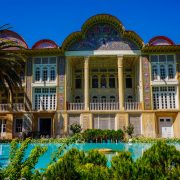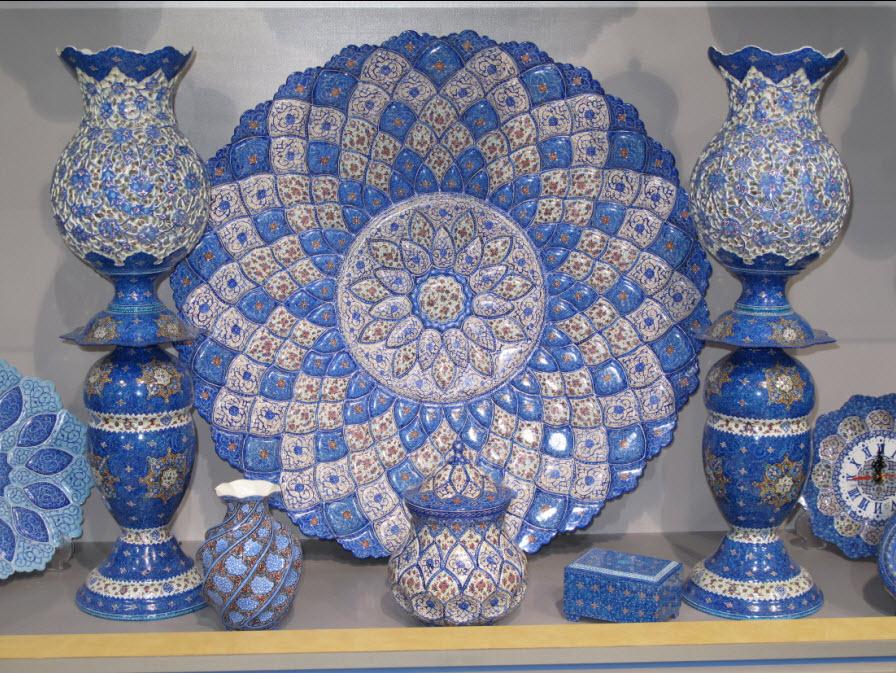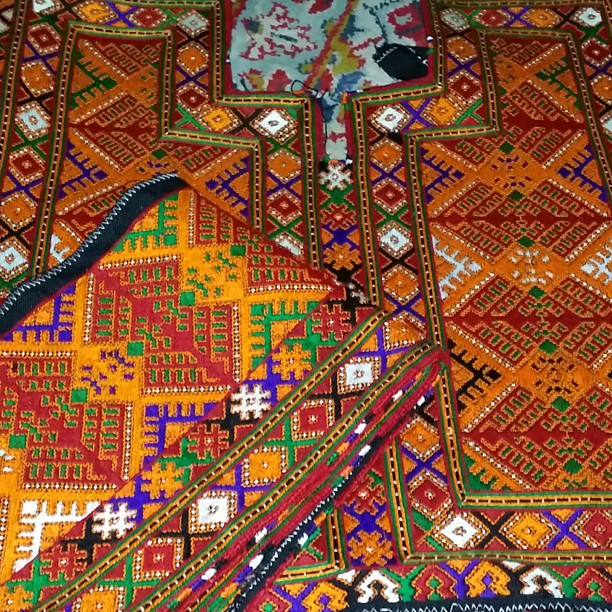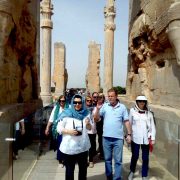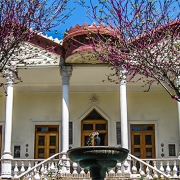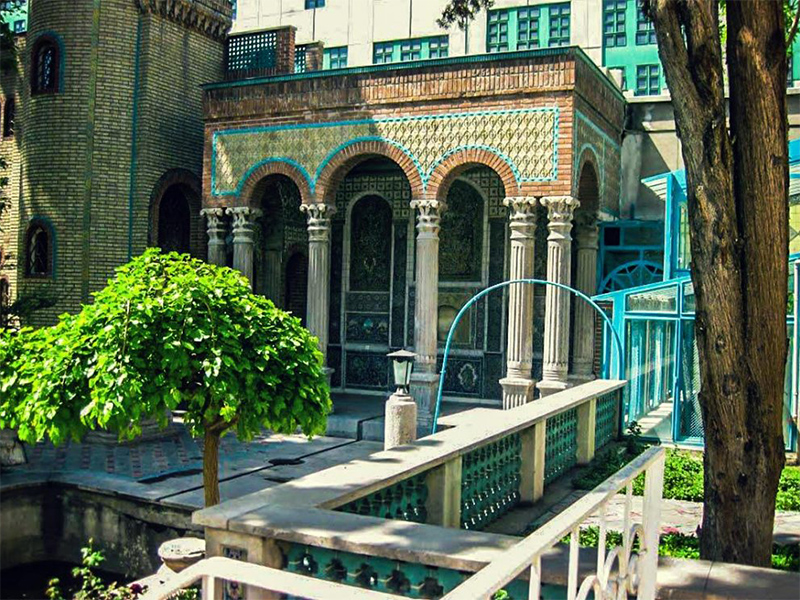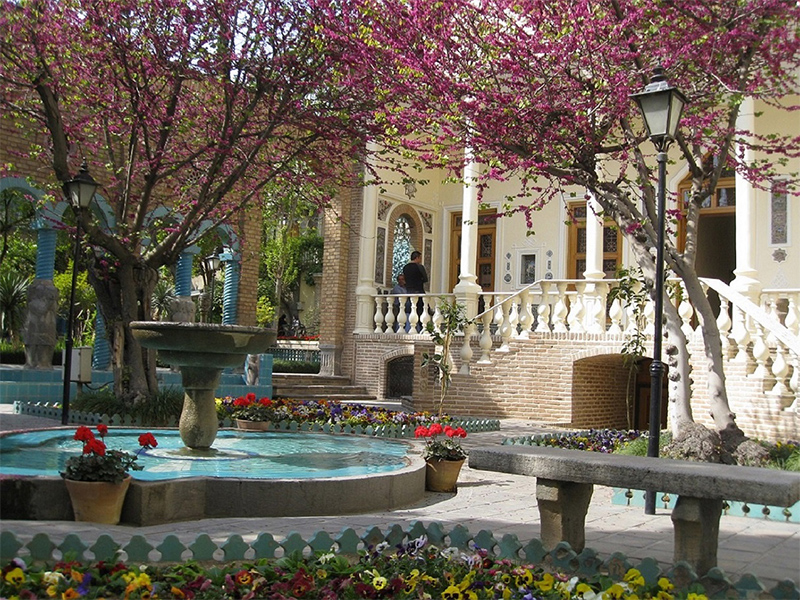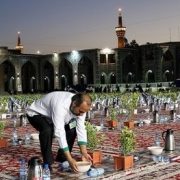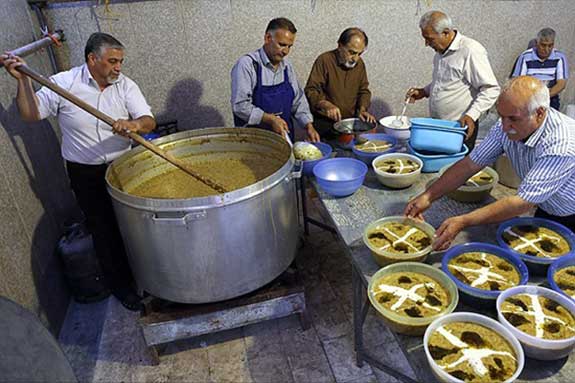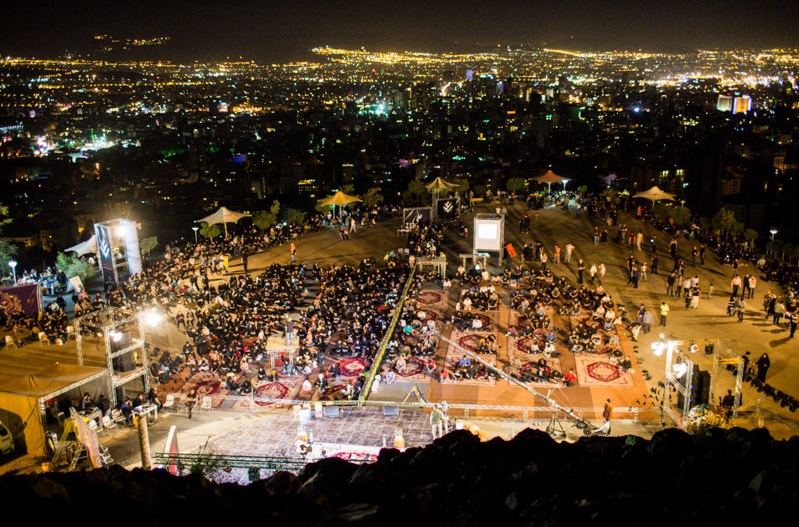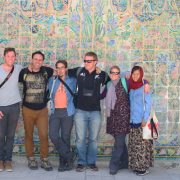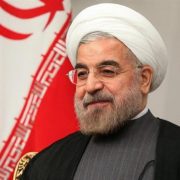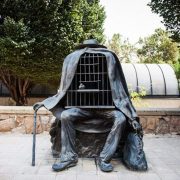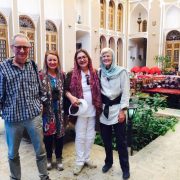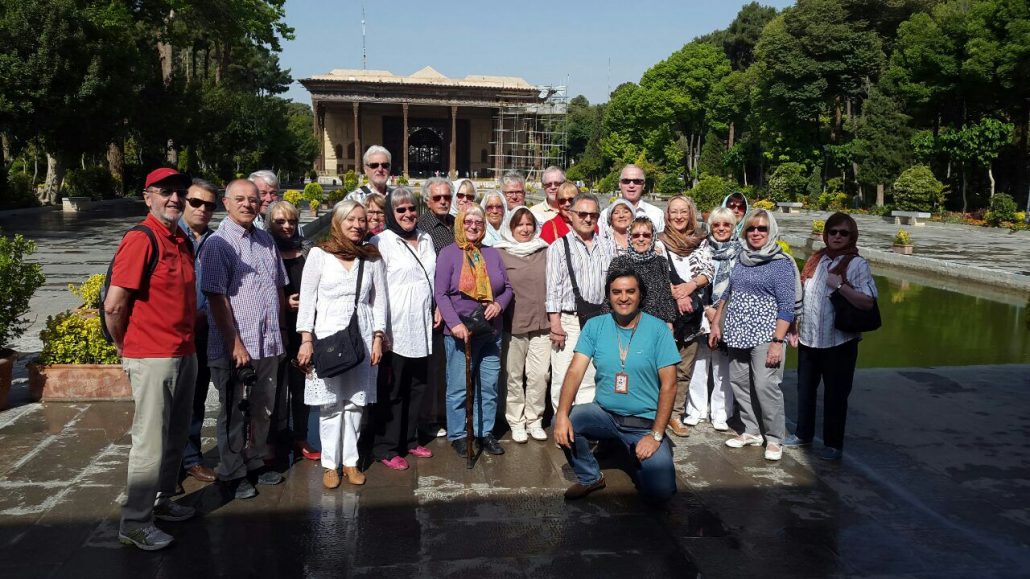Persian Garden, the Paradise on Earth
The Persian garden, in many ways, resembles paradise on Earth. The general pattern of a Persian garden (Bostan) is a rectangular form consisting of four quarters abundant in trees and flowers. Persian gardens feature streams and pathways, ponds and fountains, usually a central pavilion, and the walls surrounding the garden. The Persian gardens are so remarkable that nine out of a wide variety are listed on the UNESCO World Heritage Site. These gardens are located in different geographic parts of Iran with different climates and have their own unique features, but they are still similar in their overall structure.

Dowlatabad garden, a Persian paradise, located in Yazd city
In Persian literature, the word garden in Persian ‘Bostan’ means paradise, derived from the word “paridaiza”. The term paridaiza refers to a garden enclosed by walls. This walled garden creates harmony between nature and the human art of creation. The evergreen trees harness the sharp sunlight, the flowing water makes the environment refreshing, and the pavilion blocks the sunlight while providing a picturesque view from the terrace.
Persian Garden History
Persian garden holds roots in the 6th BC when Cyrus The Great, who ruled over a vast territory, determined the plan of the ancient garden of Pasargadae and ordered it to be constructed at Pasargadae (close to Shiraz province). In fact, the Persian garden plan, its elaborate architecture, and the presence of natural elements originated from Cyrus’ notions. The purpose of the Persian garden was to provide physical and spiritual relaxation. So, it is true to say that it was during the Achaemenid Empire that the idea of an earthly paradise came into reality.
The Old Days of Persian Gardens
Later, the Sassanids created gardens of Persia inspired by Zoroastrianism. According to their religious belief, the four quarters of the garden resembled four seasons of the year, and the importance of water running through the yard was more emphasized. The oldest documented illustration of a Persian garden also dates back to the Sassanid era. In the bas-relief of Taq-e Bostan, the hunt garden of Khosrow Parviz (the king of the Sassanid dynasty) is one of the oldest works of engraved art that depicts the geometry of the Persian garden. In the Islamic period, there was a significant improvement in gardens in terms of aesthetics.
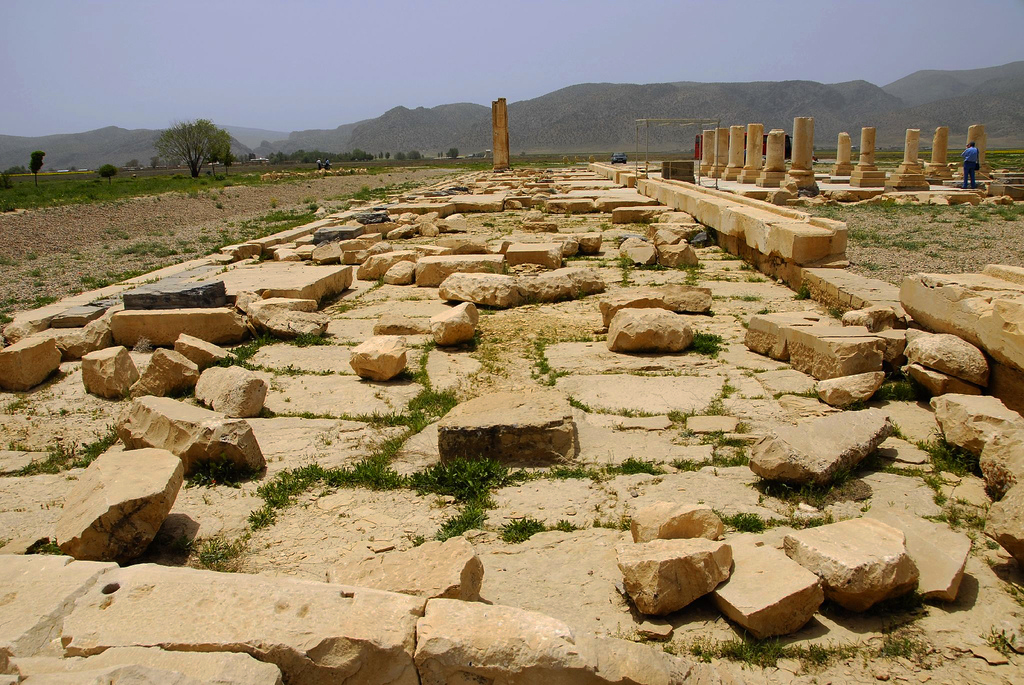
The Ancient Pasargadae Persian Garden
Persian Garden Features
Persian garden architecture, geometry, and design are not the only aspects that make them unique. Symbolism has a profound role in adding value to the Iranian garden. Natural and artificial elements combine in the garden in a perfect reflection of symbolic and physical beliefs. Various opinions exist about the meaning of each element in the garden; however, most agree that it represents an earthly paradise. Moreover, four quarters called Chahar Bagh (four gardens) symbolize the universe whose architect is God, the water represents men’s and women’s purification, and the evergreen trees, particularly cypress trees, signify immortality. They are valuable not only for their symbolism but also for their usefulness.
An Inspiration for Persian Arts
Since Iranians appreciate art in different forms, the idea of the Persian garden has influenced the design, decoration, and description of other works of art, such as Persian carpet, pottery, calligraphy, music, and poetry. Among all these, Persian carpets are a great illustration of Persian gardens. There are many carpet designs that take inspiration from the Persian garden, so perhaps it is better to refer to the carpet as a flat Persian garden full of trees, flowers, and birds.

A view of Fin Garden located in Kashan
Ancient Persian Gardens
It has been a long time since the construction of Pasargadae in 6th BC. However, the Persian garden has maintained its geometrical and architectural principles. It has also found its way to other countries, especially Agra in India and Andalusia in Spain. Moreover, Pasargadae Garden, Chehel Sotoun, Fin Garden, Eram Garden, Shazdeh Garden, Dowlatabad Garden, Abbasabad Garden, Akbarieh Garden, and Pahlevanpour Garden are the Persian garden examples inscribed on UNESCO World Heritage Site, and they attract tours to Iran either by their survived plans or their scenic sceneries.
If you are planning to visit Iran, here is the link to Iran online visa form and our Iran tours.

